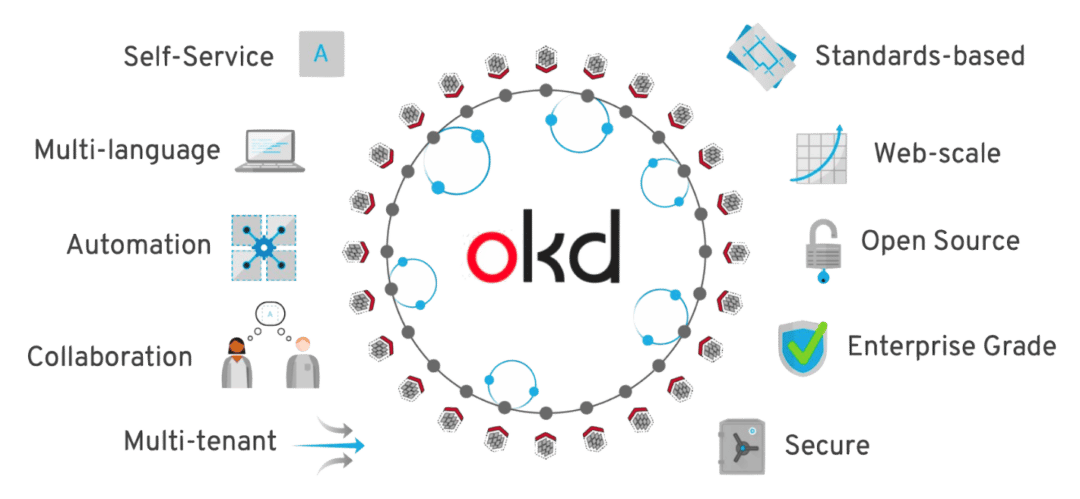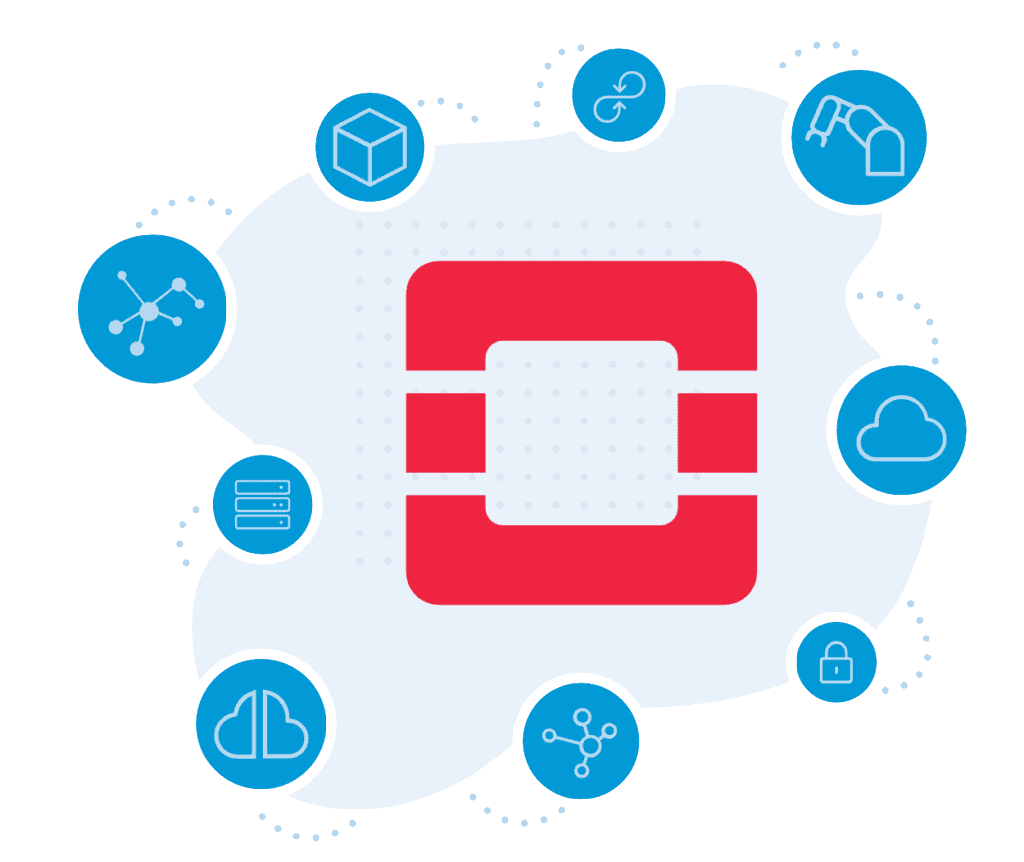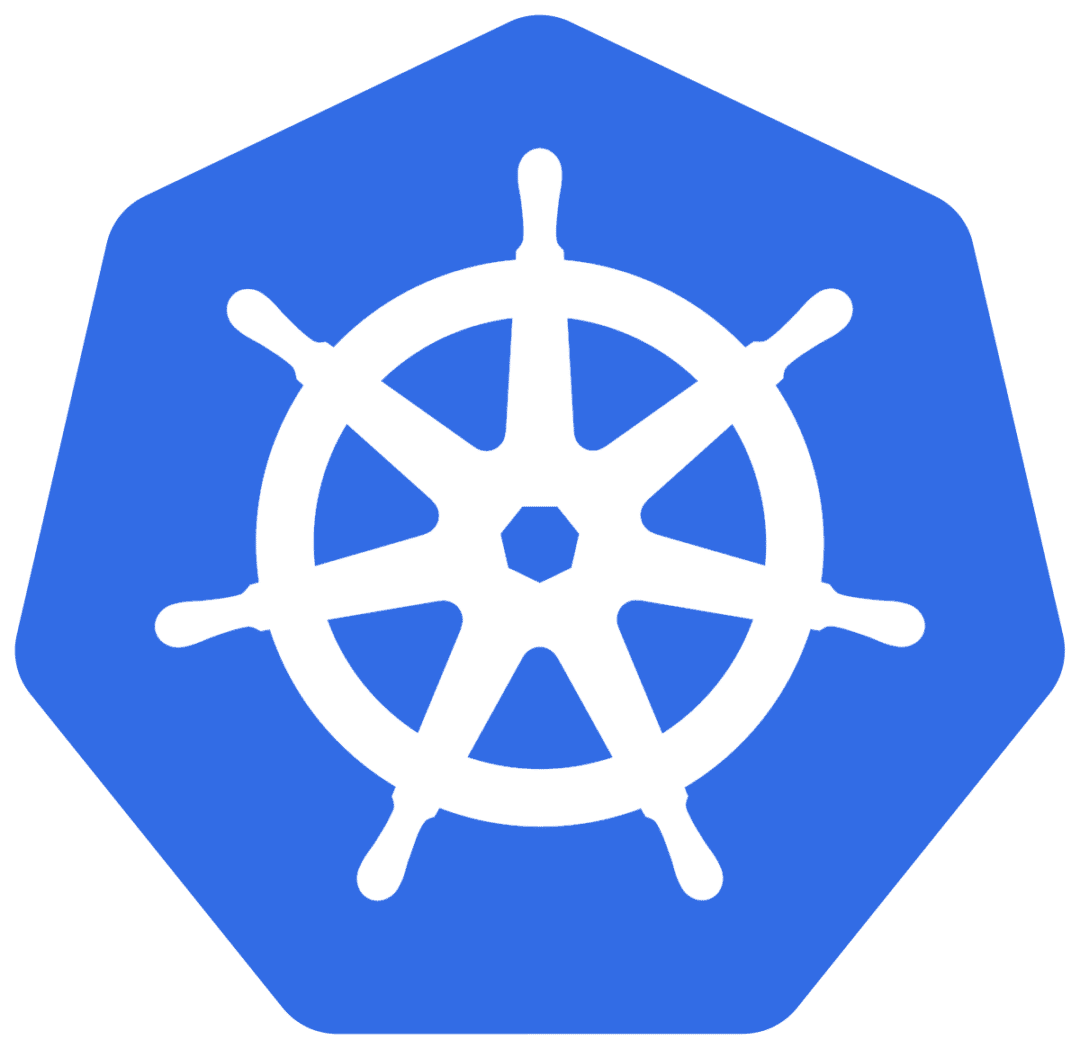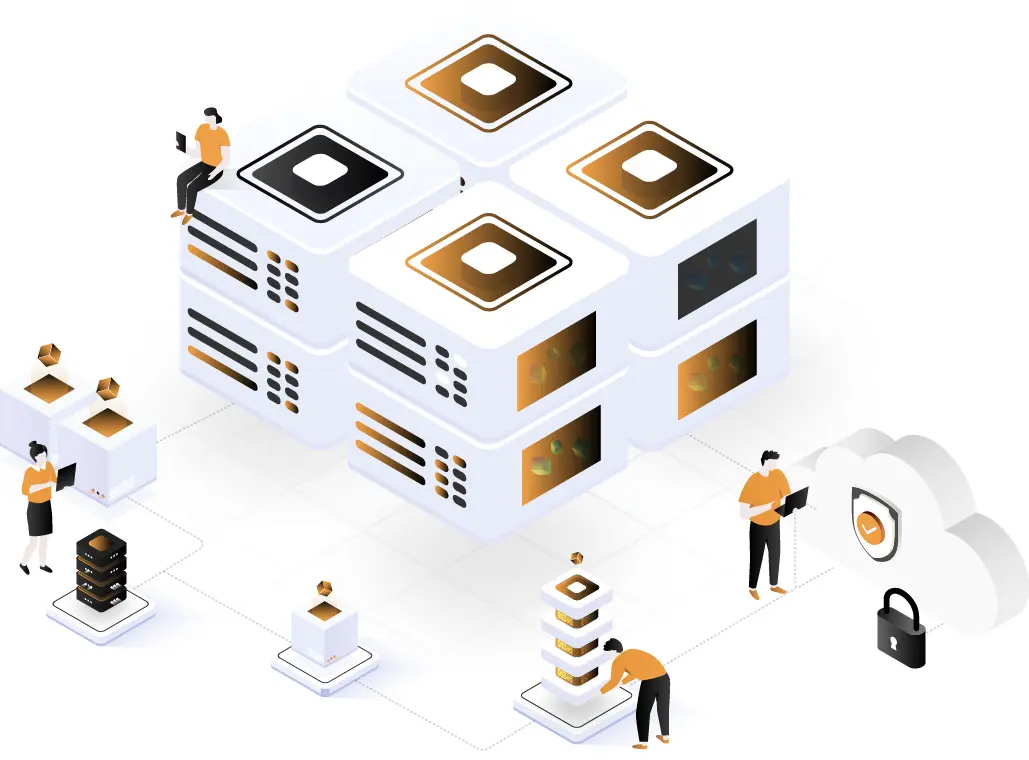Kubernetes on OKD
Kubernetes speeds up your development
OKD is the community version of Red Hat's OpenShift. Containerisation and Kubernetes help development teams maintain the high pace required in modern software development. Using a container platform also provides a highly efficient way to maintain, upgrade and scale applications.


Why Kubernetes on OKD?
A container platform as a cornerstone of the development organisation leads to reduced time to market, greater flexibility and innovation for developers, and a drastically shortened release process.
Create an account in our public cloud and you're ready to go!
All new accounts are credited with 1000 SEK to use for resources.
A powerful container platform on OpenStack
In recent years, we have seen container technology explode on the Swedish market. Through the projects we have carried out, we have learned a lot and see a clear need among organisations to be able to utilise the advantages of a container platform without having to take on the time-consuming work of installing and maintaining it.
We offer a fully supported and managed Kubernetes solution with SLA across the entire container platform. We want you to be able to lift your gaze and focus on development – that's why updates, monitoring, troubleshooting, backup, patching, certificates, support and regular operational meetings are included.

The advantages of Kubernetes
Today, software development must happen faster and faster to meet business demands. You are expected to keep pace with, or even surpass, your competitors. If you are developing a new application, you have definitely encountered Kubernetes and containers. Kubernetes accelerates your development process by making your application more modular.
Kubernetes also provides you with a highly efficient way to maintain the application once it is in production, as well as an easy way to upgrade and scale it as needed.
Portabilitet: utveckla en gång, kör var som helst
Med containrar kan du skriva din kod en gång och lätt porta den till en annan containermiljö. Allt du behöver för att köra din kod ligger i din container. Du kommer inte längre behöva undra vilken version av Python som du ska ha i din produktionsmiljö. Baka in dina bibliotek och alla dina beroenden i din container, kör den i din testmiljö och kör sedan exakt samma container i produktion. Inga konstigheter!
Därmed kan man säga att Kubernetes erbjuder direkt portabilitet över olika moln. Med Kubernetes kan du enkelt flytta dina containerbaserade applikationer över flera moln och miljöer, vilket möjliggör större flexibilitet och valfrihet. Du kommer att bygga cloud-native-applikationer som kan köras var som helst! Alla detaljer kopplat till skillnader i operativsystem och underliggande moln tas bort.
Skalbarhet med kontroll
Med Kubernetes kan du enkelt skala din applikation baserat på dina faktiska behov vid tillfället. Det är samma teknik som Netflix använder för att köra miljarder containrar varje vecka och hålla jämnt tempo med efterfrågan. Programvara kan installeras på ett skalbart sätt i ditt moln och applikationen kan skalas in eller ut när som helst. Kubernetes kan enkelt skalas för att möta behoven hos även den snabbast växande applikationen. Kubernetes auto-scalers dimensionerar automatiskt en applikations antal resurser baserat på den faktiska användningen. Du kan sätta upp fördefinierade gränser för att kontrollera det maximala antalet resurser som du kan konsumera.
Lätt och blixtsnabb
Kubernetes är lätt - istället för att ha en virtuell maskin med många gigabyte, kör du en liten container med bara några kilobyte för att köra den. Det betyder att containrar använder mycket färre resurser än virtuella maskiner, vilket gör dem mycket resurseffektiva och prisvärda. Kubernetes-containrar delar operativsystemet med andra containrar som körs på samma host, vilket sparar mycket resurser.
Eftersom de är så lätta kan Kubernetes-containrar startas nästan omedelbart. Jämför det med virtuella maskiner som kan ta flera minuter för att starta upp sina operativsystem och börja köra applikationerna i det. Containrar är vanligtvis snabbare än virtuella maskiner, eftersom de inte har overhead associerad med ett operativsystem. Skapa de Kubernetes-containrar som du behöver för att lösa de förfrågningar du har just för tillfället, och ta bort dem när de inte längre behövs - på det viset kan du spara mycket resurser! Det är så du bygger verkligt skalbara och effektiva applikationer.
Modularitet och mikrotjänster
Kubernetes håller din applikation enkel genom att låta dig bygga mindre och oberoende programvaror som kallas mikrotjänster. Istället för att köra en hel komplex applikation i en enda mjukvara bör applikationen delas upp i små mikrotjänster. Dessa mikrotjänster är mycket modulära, vilket gör att de kan leva ett eget liv och hjälper till att påskynda time-to-market för din applikation. Det beror på att dina moduler inte är tätt kopplade till andra delar av ditt system och kan utvecklas oberoende när businesskraven ändras.
Applikationer byggda som mikrotjänster är lättare att hantera eftersom varje modul är relativt enkel, och ändringar kan göras i moduler utan att kräva ändringar i grundarkitekturen för hela applikationen.
Operativ enkelhet
Förutom att automatiskt skala de olika delarna av din applikation, förenklar Kubernetes också dag-till-dag-operations för dig och ditt team. En av de viktigaste är att uppgradera din applikation när det är dags för det. Du vill inte ha nertid och du vill ha ett sätt att enkelt återställa om något oväntat händer. Med hjälp av Kubernetes kan uppdateringar av din applikation ordnas på rullande sätt, det vill säga en komponent i taget. Allt du behöver göra är att definiera det minsta antalet resurser som behöver finnas tillgängliga när som helst för att serva dina användare, och det maximala antalet resurser som kan vara otillgängliga på grund av uppgraderingen. Du kan när som helst göra en rollback till tidigare versionen om något oväntat händer.
Ett annat sätt att förenkla din uppgradering är att skapa en ny version av din applikation med containrar i produktion, tillsammans med den tidigare versionen. Du kan sedan skala upp den nya versionen samtidigt som du skala ner den äldre versionen. Eftersom Kubernetes-containrar är så lätta och snabba att skapa är detta ett mycket säkert sätt att få en ny version av dina applikationer i produktion.
Kubernetes erbjuder också fault-tolerance som standard och även auto-healing möjligheter. Om något inte fungerar kan din Kubernetes-orkestrator upptäcka det och agera omedelbart för att åtgärda problemet. Allt detta utan att påverka användarna.
Öppen källkod
Som en öppen källkodsplattform håller Kubernetes dig fri från inlåsning till specifika leverantörer. Med Kubernetes kan du enkelt flytta applikationer tvärs över flera olika molnmiljöer. Vi på Binero älskar valfrihet och opensource-programvara är definitivt en del av det!

DevOps with Kubernetes
Focus on development and enjoy an automated infrastructure. Standardisation of workflows, support for multiple environments and CI/CD working methods.
With a simple interface, you can get started quickly. There are also pre-installed and pre-configured frameworks in the container platform. Choose your programming language, test new ideas at any time, and control your own development environment. Then deploy your code independently of the underlying infrastructure.
Set up a pipeline that automatically builds and tests your application when code changes are made. Perform code quality tests and regression tests to increase the quality of the application, without extra manual work.
We help you with your Kubernetes container platform – managed
Want all the benefits of Kubernetes but don't have time to build and run it? We have the right solution for you! We offer you a fully managed Kubernetes platform so you can focus entirely on developing your applications.
Combined with Bineros' public cloud, this creates a unique and complete Kubernetes container platform for the Nordic market, with the flexibility and security of a managed service.
Our managed Kubernetes platform gives you much more than just Kubernetes. You get:
- Full visibility into your Kubernetes clusters
- Alarms and warnings when something goes wrong
- Application lifecycle management
- Integrerad Continous Integration pipeline
- An IDE for software development
- Secure authentication
- Intrusion detection
- Image scanning
- Backups and upgrades
- Policy enforcement

Get started with Kubernetes today!
Create an account in our public cloud and you're ready to go!
All new accounts are credited with SEK 1,000 to use for resources.
In our cloud, with just a few simple clicks, you can create and manage your own environment using Kubernetes-clusters, something that can otherwise require a great deal of experience. We also make it easy to connect to networks and publish to the Internet.
Kontakta oss
"*" indicates required fields